The Paris Wife, by Paula McLain
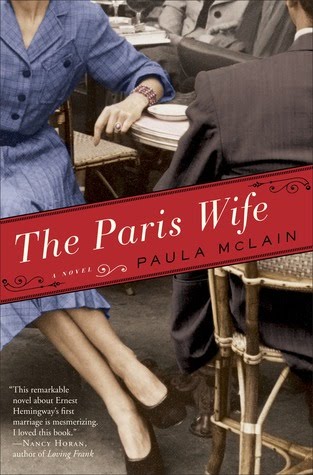
Captivating and evocative, Paula McLain’s novel The Paris Wife paints a portrait of love and loss during the tempestuous twenties. Alternately horribly maudlin and hopeful, the tale of Hadley, Ernest Hemingway’s first wife, goes far beyond the bounds of the clichéd story of the “starter wife”.
In the notes following the novel, McLain admitted owing much to biographies of Hadley and Hemingway’s own A Moveable Feast when creating her fictional adaptation of Hadley Richardson. Historically, we know the bare bones of the facts: Hadley met Hemingway when she was 29 and he just 20; after a whirlwind courtship, they fell in love, married and moved to Paris. Hemingway’s affair with Pauline Pfeiffer brought an end to the fairy-tale romance and Hadley divorced Hemingway in 1926.
While McLain’s novel does indeed follow the course of history, it goes so much further. Written from the Hadley’s perspective, the simple yet beautifully poetic language seems almost vivid enough that one can taste the champagne and hear the noise of the Parisian streets.
The novel portrays the romance between Hadley and Hemingway not as a doomed tragedy but rather as a development. The emotional depth to which McLain ensnares the reader in the characters allows one to walk side-by-side with the couple through the events of their courtship, marriage, and the Paris years.
Of course, a story about Hemingway and his Paris wife would not be complete without including mention of such notables as Gertrude Stein and Fitzgerald and Zelda.
Through Hadley’s uncomplicated perspective, we can see the beauty of the twenties. We see Paris as a place of artistic inspiration, a place of glittering people and intoxicatingly fast-paced life. We can also see the emotional scars left behind by the war: rather than ignoring the effect of the war in order to create the perfect tale, McLain acknowledges the emotional scars that many bear as a result of WWI.
We can see the frenzy of the Parisian nights, we can taste the absinthe and champagne as the reckless expatriate attitude prevails, feel the artistic power of so many significant figures of that era. Through emotionally investing the reader in the characters, McLain succeeds in making us cheer for Hadley and Hemingway, even as we know that history tells us their marriage is doomed. It is a testament to McLain’s rich characterisation that we can both sympathise with and understand Hadley’s unwavering compassion and support of Hemingway, even as he slowly begins to unravel the threads of their marriage. Throughout it all, one can’t ever quite bring oneself to truly hate Hemingway for his infidelity, for his weakness that he covers with the excuse of artistry, for his inherent selfishness. Hemingway becomes a tragic figure, someone who garners pity for his blindness when it comes to realising what a good thing he had in Hadley.
McLain’s novel gives us insight into the world of the twenties. We travel with Hadley along her journey of discovering her position of wife, lover, mother, muse and “Paris wife”. The novel successfully allows us to travel backwards in time to the enchantingly fascinating world of Paris in the twenties.
Katherine Alexander
The Paris Wife is published by Virago on 1st May 2012.

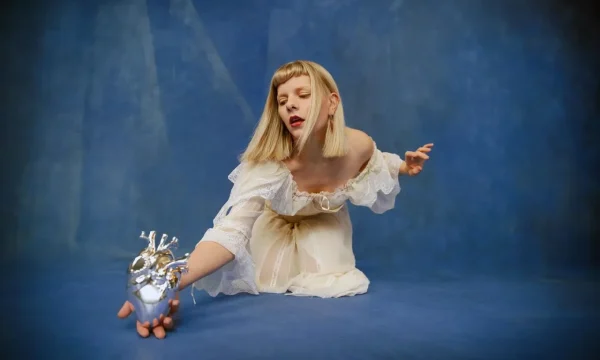
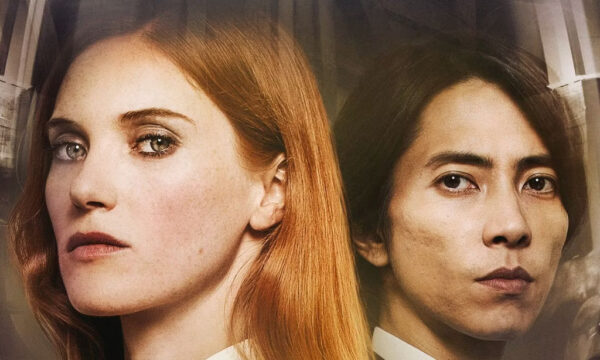

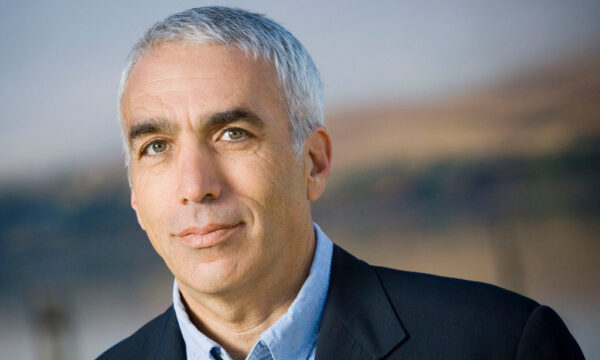
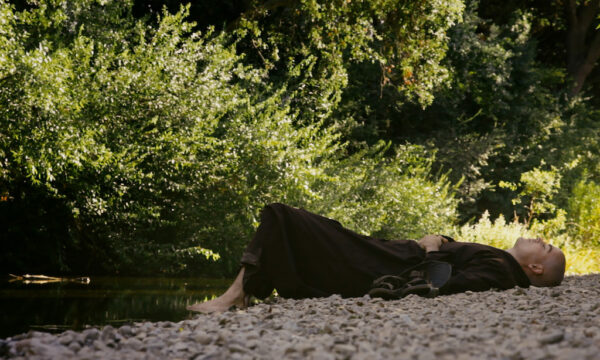


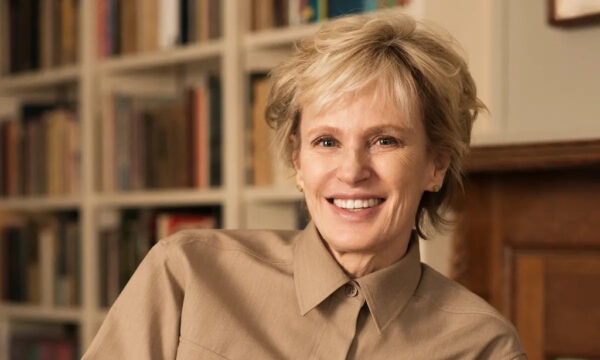









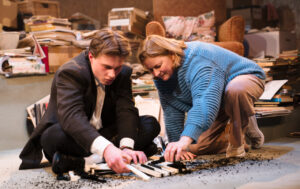




Facebook
Twitter
Instagram
YouTube
RSS